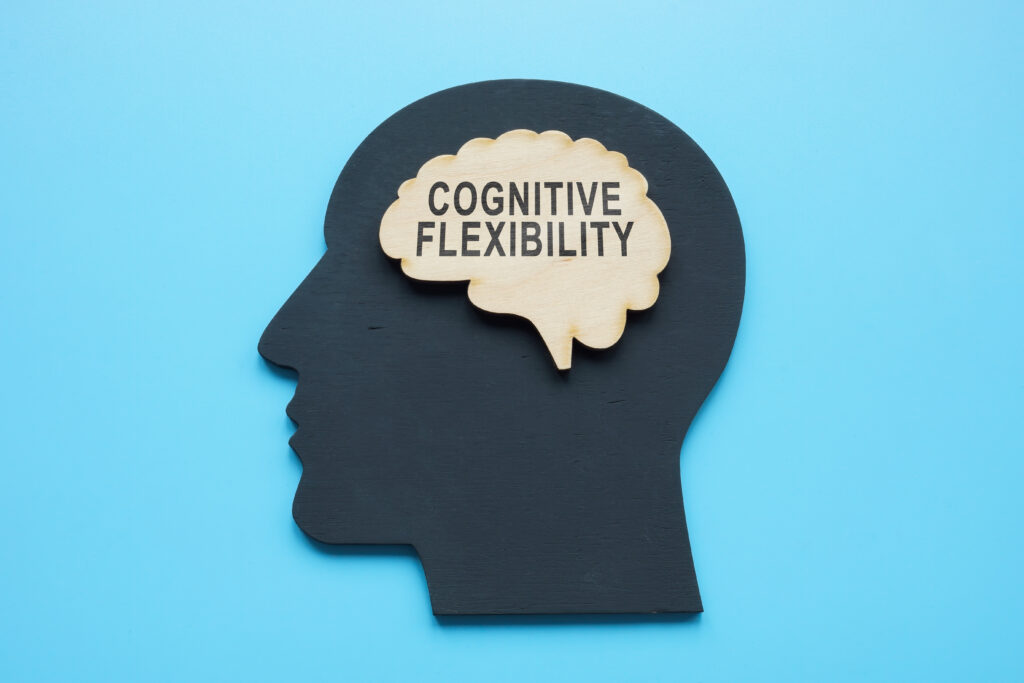Alzheimer’s disease is a progressive and degenerative brain disorder that affects millions of people worldwide. It is the most common cause of dementia, accounting for approximately 60-80% of all cases. This disease is characterized by memory loss, confusion, and cognitive decline, which worsens over time and eventually leads to the inability to perform daily tasks.
For many years, Alzheimer’s disease was thought to be irreversible and untreatable. However, recent research has shown that the brain has a remarkable ability to adapt and change, even in the face of disease and injury. This phenomenon is known as neuroplasticity, and it is giving hope to patients and their families affected by Alzheimer’s.
What is Neuroplasticity?
Neuroplasticity is the brain’s ability to change and reorganize itself by forming new connections between neurons. It allows the brain to adapt to new situations, learn new things, and recover from injuries or disease. This process involves the growth of new nerve cells, the creation of new connections between them, and the strengthening of existing ones.
Neuroplasticity plays a crucial role in our daily lives, from learning how to ride a bike as a child to recovering from a stroke as an adult. It is a lifelong process that enables us to adapt to our environment and respond to new challenges.
Neuroplasticity in Alzheimer’s Disease
In Alzheimer’s disease, certain areas of the brain shrink and lose connections between neurons, leading to cognitive decline. However, recent studies have shown that neuroplasticity can still occur in an Alzheimer’s brain, even though it may be impaired.
One study published in the journal Nature Medicine found that in people with early-stage Alzheimer’s, there was an increase in plasticity-related proteins in the brain. These proteins are responsible for creating new connections between neurons and helping them communicate with each other.
Another study published in the journal Neurobiology of Aging showed that even in advanced stages of Alzheimer’s, the brain can reorganize itself to compensate for the loss of function in damaged areas. This process is known as “functional reorganization,” and it involves other parts of the brain taking over the functions of damaged areas.
These findings suggest that even though Alzheimer’s disease may damage and change the brain, it does not completely destroy its ability to adapt and reorganize itself.
Factors That Affect Neuroplasticity in Alzheimer’s Disease
Several factors can influence neuroplasticity in Alzheimer’s disease. These include:
1. Age: As we age, our brain’s ability to form new connections and adapt decreases. This can make it more challenging for the brain to compensate for the damage caused by Alzheimer’s disease.
2. Lifestyle: Research has shown that certain lifestyle factors, such as physical activity, a healthy diet, and mental stimulation, can enhance neuroplasticity in the brain. These activities can help to strengthen existing connections between neurons and stimulate the growth of new ones.
3. Genetics: Some genetic factors may contribute to an individual’s susceptibility to Alzheimer’s disease and their brain’s neuroplasticity. For example, a mutation in the gene APOE-e4 has been linked to a higher risk of developing Alzheimer’s disease and a reduced ability for the brain to adapt and change.
4. Severity of disease: As Alzheimer’s disease progresses, it becomes increasingly difficult for the brain to compensate for the damage, leading to a decline in neuroplasticity.
Implications for Treatment
The discovery of neuroplasticity in Alzheimer’s disease has significant implications for treatment. While there is currently no cure for this disease, these findings suggest that it may be possible to slow down or even reverse some of the damage caused by Alzheimer’s through targeted therapies that promote neuroplasticity.
One approach that has shown promise is cognitive training, which involves engaging in mentally stimulating activities to improve cognitive function. Studies have shown that cognitive training can lead to improvements in memory, attention, and executive function in patients with mild to moderate Alzheimer’s disease.
Other potential therapies that target neuroplasticity include physical exercise, social engagement, and brain stimulation techniques such as transcranial magnetic stimulation (TMS) and transcranial direct current stimulation (tDCS).
The Importance of Early Detection and Intervention
Early detection of Alzheimer’s disease is crucial for the success of any treatment that aims to promote neuroplasticity. As discussed earlier, the brain’s ability to adapt and change decreases with age and disease progression. Therefore, the earlier the disease is diagnosed, the better the chances of promoting neuroplasticity and improving cognitive function.
Furthermore, early detection allows for early intervention, which can help slow down the progression of the disease and preserve brain function. This can also give patients and their families more time to prepare for the changes that come with Alzheimer’s and make necessary lifestyle modifications.
In conclusion, neuroplasticity is a promising avenue for future treatments for Alzheimer’s disease. While there is still much to be learned about this phenomenon, the research conducted so far has shown that the brain has a remarkable ability to adapt and change, even in the face of a degenerative disease like Alzheimer’s. By understanding and harnessing neuroplasticity, we may be one step closer to finding a cure for this devastating disease.


